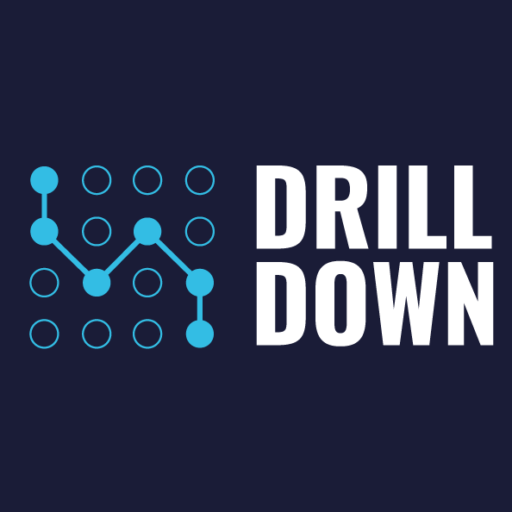MENTAL HEALTH REGULATION IN MINING
Mental Health Regulation in Mining: A Comprehensive Overview
Mining is one of the most physically and psychologically demanding industries globally. Workers in the sector often face challenging conditions, including isolation, long working hours, and high-risk environments, which significantly impact mental health. Addressing mental health requires a robust regulatory framework, proactive leadership, and effective training strategies. Below, we delve into these areas with examples.
Global Policy Examples
Effective mental health regulations ensure that mining companies prioritize worker well-being. Some key global examples include:
-
-
- Australia’s “Mines Safety and Inspection Act 1994”
Requires mine operators to manage risks associated with mental health, mandating periodic psychological risk assessments. - Canada’s “Occupational Health and Safety (OHS) Regulations”
Mental health is incorporated under the general duty to protect employees, with specific emphasis on workplace harassment and stress management. - South Africa’s “Mine Health and Safety Act”
Focuses on the holistic health of miners, including provisions for mental health awareness and interventions within the workplace. - United Kingdom’s “Management of Health and Safety at Work Regulations 1999”
Applies to mines, emphasizing mental health risk assessments as part of broader health and safety management. - International Labour Organization’s (ILO) Guidelines on Occupational Safety and Health (OSH)
Recommends integrating mental health considerations into the occupational safety strategies of mining operations globally.
- Australia’s “Mines Safety and Inspection Act 1994”
-
The Role of Leadership in Mental Health Regulation
Leaders in mining have a critical role in creating and enforcing mental health initiatives. Examples include:
-
-
- Promoting Open Communication
Encouraging a culture where workers feel safe discussing mental health challenges without stigma. - Implementing Mental Health Policies
Developing and maintaining clear mental health policies, such as zero-tolerance for bullying and harassment. - Providing Access to Mental Health Resources
Ensuring that employees have access to counselling services, support groups, or Employee Assistance Programs (EAPs). - Leading by Example
Mining leaders who openly discuss their mental health journeys can set the tone for a supportive workplace culture. - Monitoring Worker Well-Being
Regularly checking in with teams to identify signs of stress, burnout, or mental health deterioration and taking timely action.
- Promoting Open Communication
-
Mental Health Training Strategies
Training is crucial for equipping miners, managers, and supervisors with the tools needed to recognize and address mental health issues. Examples include:
-
-
- Mental Health First Aid Training
Teaches employees how to identify, understand, and respond to mental health crises, ensuring immediate support on-site. - Resilience-Building Workshops
Offers practical tools for coping with stress, managing emotions, and staying motivated in high-pressure environments. - Leadership Mental Health Training
Focuses on training leaders to identify mental health risks, offer support, and create inclusive environments. - Crisis Management Drills
Includes simulations for dealing with psychological emergencies, such as panic attacks or trauma responses in high-stress scenarios. - Cultural Sensitivity Training
Addresses the unique mental health challenges of a diverse workforce, promoting understanding and tailored interventions.
- Mental Health First Aid Training
-
Integrating Regulation, Leadership, and Training
A successful approach to mental health in mining integrates all three aspects—regulation, leadership, and training. For instance:
-
-
- Regulation provides the framework and ensures accountability.
- Leadership drives the cultural and operational changes necessary for effective implementation.
- Training equips the workforce with the skills and knowledge to manage mental health proactively.
-
By addressing these elements together, the mining industry can create safer, healthier, and more productive environments for its workers.
KEY MENTAL HEALTH REGULATIONS
Addressing mental health in the mining industry is crucial for ensuring the well-being of workers. Below is a comprehensive list of key mental health regulations and resources, along with links for further information:
South Africa
-
-
- Mental Health Care Act, 2002 (Act No. 17 of 2002)
This Act provides for the care, treatment, and rehabilitation of individuals with mental illnesses in South Africa. It outlines procedures for admission, care, and discharge of mental health care users.
Read the Act - General Regulations to the Mental Health Care Act
These regulations detail the implementation of the Mental Health Care Act, including guidelines on seclusion and restraint of mental health care users.
Access the Regulations - Policy Guidelines on Seclusion and Restraint of Mental Health Care Users (2012)
Provides guidelines to ensure appropriate procedures are followed to prevent abuse and ensure dignity in the treatment of mental health care users.
View the Guidelines
- Mental Health Care Act, 2002 (Act No. 17 of 2002)
-
Australia
-
-
- Work Health and Safety (Mines and Petroleum Sites) Act 2013
This Act ensures the health and safety of workers at mining and petroleum sites, including provisions related to mental health.
Read the Act - Code of Practice: Mental Health for FIFO Workers in the Resources and Construction Sectors
Provides guidance on managing mental health risks for Fly-In Fly-Out (FIFO) workers in the mining and construction industries.
Access the Code
- Work Health and Safety (Mines and Petroleum Sites) Act 2013
-
Canada
-
-
- Occupational Health and Safety Regulations
While not specific to mining, these regulations encompass mental health under workplace safety, emphasizing the employer’s duty to protect employees from psychological hazards.
Learn More - Mental Health Strategy for Canada
Developed by the Mental Health Commission of Canada, this strategy aims to improve mental health outcomes across all sectors, including mining.
Read the Strategy
- Occupational Health and Safety Regulations
-
United Kingdom
-
-
- Management of Health and Safety at Work Regulations 1999
These regulations require employers to assess and manage risks to their employees’ health, including mental health aspects.
View the Regulations - HSE Management Standards for Work-Related Stress
Provides a framework to help employers manage and control risks related to work-related stress.
Access the Standards
- Management of Health and Safety at Work Regulations 1999
-
International
-
-
- International Labour Organization (ILO) Guidelines on Occupational Safety and Health Management Systems (ILO-OSH 2001)
Offers a framework for integrating occupational safety and health, including mental health, into management practices.
Read the Guidelines - World Health Organization (WHO) Mental Health Policies and Service Guidance Package
Provides guidance for developing policies and services that promote mental health in various sectors, including mining.
Access the Package
- International Labour Organization (ILO) Guidelines on Occupational Safety and Health Management Systems (ILO-OSH 2001)
-
These resources offer comprehensive information on mental health regulations and best practices pertinent to the mining industry. Employers and stakeholders are encouraged to consult these documents to ensure compliance and promote mental well-being among workers.

